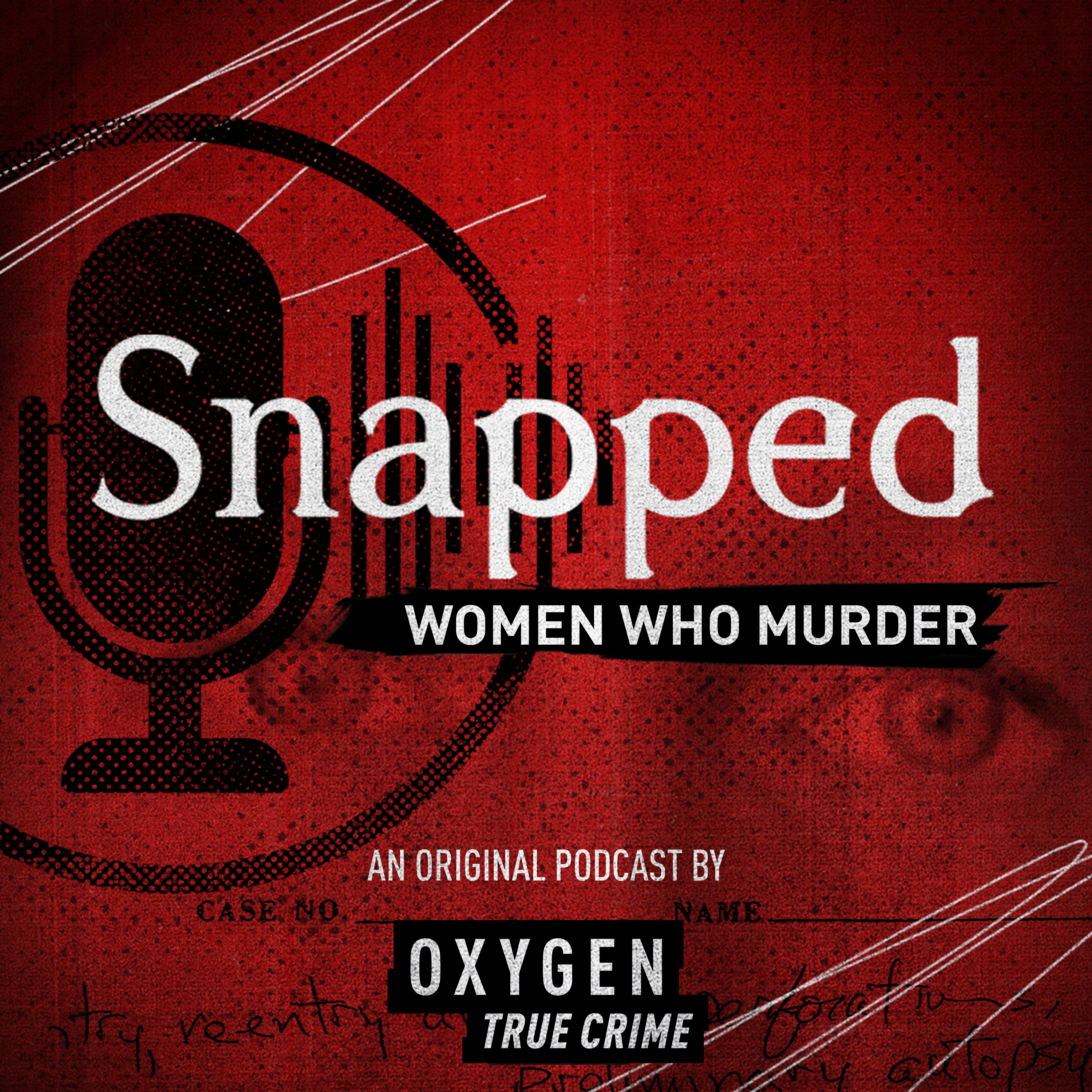Frances Truesdale
The 1988 roadside murder of a man in Virginia sends investigators down a path fraught with doubts and dead ends, until a long-buried secret is unearthed hundreds of miles away revealing decades-old secrets.
Season 26, Episode 9
Originally aired: October 6, 2019
Watch full episodes of Snapped for FREE on the Oxygen app: https://oxygentv.app.link/WsLCJWqmIeb
See Privacy Policy at https://art19.com/privacy and California Privacy Notice at https://art19.com/privacy#do-not-sell-my-info.
Press play and read along
Transcript
Transcript is processing—check back soon.
Snapped: Women Who Murder — Frances Truesdale
